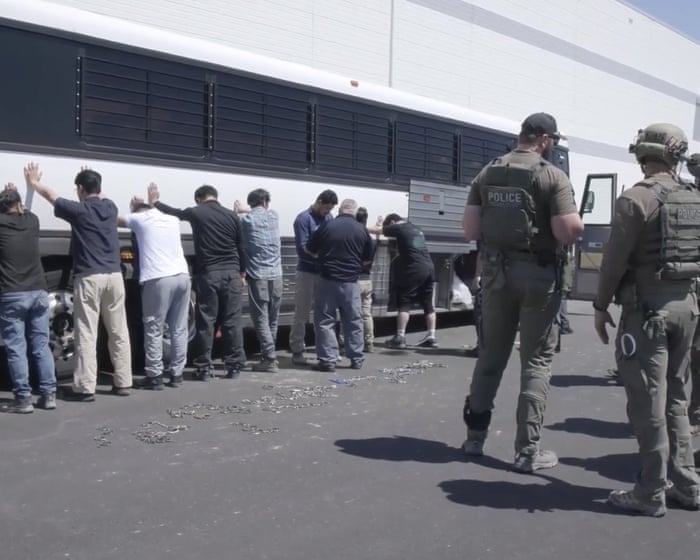A cable connecting two carriages snapped just before Wednesday’s funicular crash in Lisbon, which killed 16 people, according to a report by accident investigators.
The operator attempted to use emergency brakes but was unable to stop the derailment, the report added.
Portugal’s air and rail accident investigation bureau (GPIAAF) released the findings on Saturday. The crash also injured at least 20 people, five of whom are in critical condition.
A scheduled visual inspection had been carried out on the morning of the accident, but the section where the cable broke was not visible without taking the mechanism apart. The rest of the system was working normally, the report noted.
The carriages of Lisbon’s iconic Glória funicular had moved only about six metres when they suddenly lost the counterbalancing force of the connecting cable.
The brake-guard immediately activated both the pneumatic and manual brakes, but these measures failed to slow the vehicle down, according to the Office for the Prevention and Investigation of Aircraft and Railway Accidents.
Initial findings indicate the Elevador da Glória hit a building at 60 km/h (37 mph), and the entire incident unfolded in just 50 seconds.
The agency stated that, based on current evidence, the maintenance plan was up to date and the morning inspection found no issues with the cable or braking systems.
The cable was only 337 days into its expected 600-day service life. It is still unclear how many passengers were on board—the carriage holds around 40 people—or how many were on the street at the time.
Two separate investigations are now underway: one by the accident investigation office and another by the prosecutors’ office. GPIAAF confirmed the two are entirely independent and will release a preliminary report within 45 days.
Investigators previously confirmed that 11 foreign nationals were among those killed, including three Britons, two South Koreans, two Canadians, one French citizen, one Swiss, one American, and one Ukrainian.
The families of a British couple who died, Kayleigh Smith, 36, and William Nelson, 44, paid tribute to them, saying they were heartbroken. In a police statement issued on Saturday, Smith’s family described her as witty, humorous, kind, and caring—qualities that shone in her work as a funeral operative. She was also a talented theatre director and had recently completed a master’s degree.
In the same statement, Nelson’s brother, who was not named, said: “Words cannot describe how we are feeling. This week, due to a tragic accident in Lisbon, we lost Will—not just my big brother, but everyone’s. He was always kind, selfless, and protective. The world doesn’t feel right without him. He was my hero, and we will miss him always. Love you, rest in peace, you legend.”
Frequently Asked Questions
Frequently Asked Questions About the Lisbon Funicular Cable Snap Report
1 What happened in the Lisbon funicular crash
A funicular in Lisbon experienced a fatal accident when its cable snapped causing the vehicle to crash A report confirmed the cable failure as the cause
2 What is a funicular
A funicular is a type of cable railway often on a steep slope where cars are pulled up and down by a cable system
3 Why did the cable snap
The report found that the cable likely snapped due to wear fatigue or a manufacturing defect but a full investigation is ongoing to determine the exact cause
4 Were there any fatalities or injuries
Yes the crash resulted in fatalities and injuries The exact number may vary based on official reports
5 How common are accidents like this with funiculars
Funicular accidents are rare as these systems are generally safe with regular maintenance This incident highlights the importance of strict safety protocols
6 What safety measures are in place for funiculars
Safety measures include regular inspections cable replacements based on wear emergency brakes and adherence to international safety standards
7 Has this happened before in Lisbon or elsewhere
While isolated incidents have occurred globally this is a notable event for Lisbon Historical data shows such failures are uncommon with proper upkeep
8 What is being done to prevent future accidents
Authorities are reviewing maintenance procedures increasing inspection frequency and may implement newer technology or stricter regulations
9 Who is responsible for maintaining the funicular
Typically the local transport authority or a designated operator is responsible for maintenance and safety compliance
10 Can passengers do anything to stay safe on a funicular
Passengers should follow all safety instructions avoid overcrowding and report any unusual noises or movements to staff immediately
11 How are funicular cables tested for safety
Cables undergo nondestructive testing visual checks and are replaced based on manufacturer guidelines and usage
12 What does fatigue mean in terms of cable failure
Fatigue refers to the weakening of metal over time due to repeated stress which can lead to cracks and eventual breakage if not addressed




